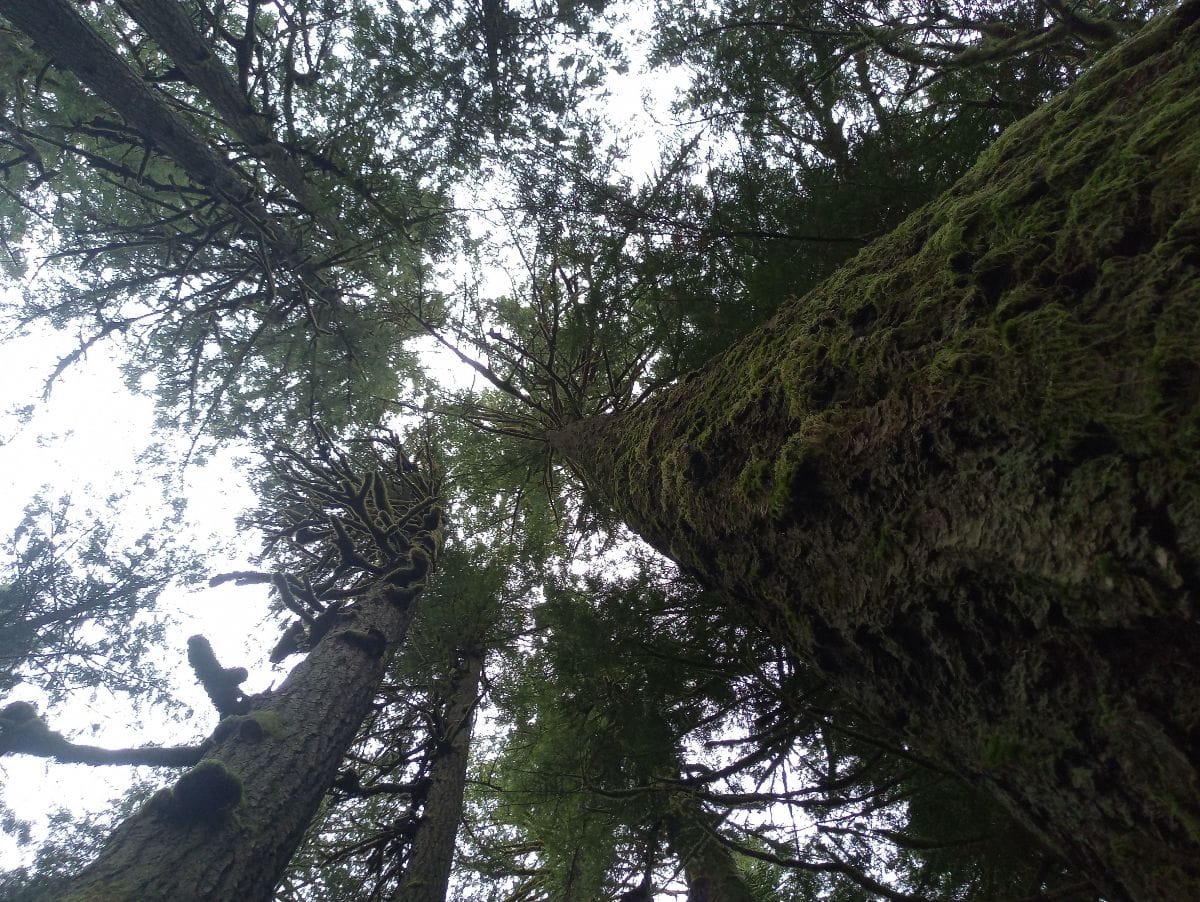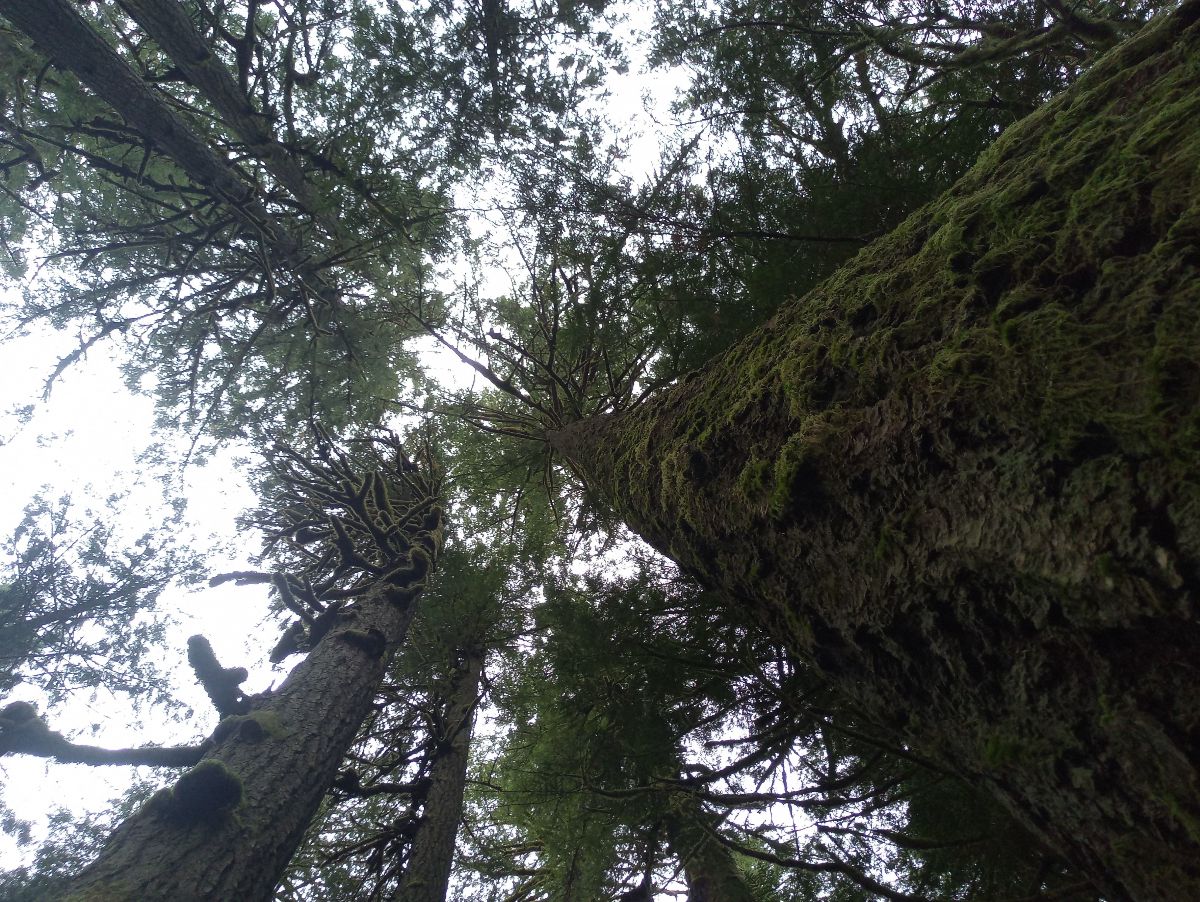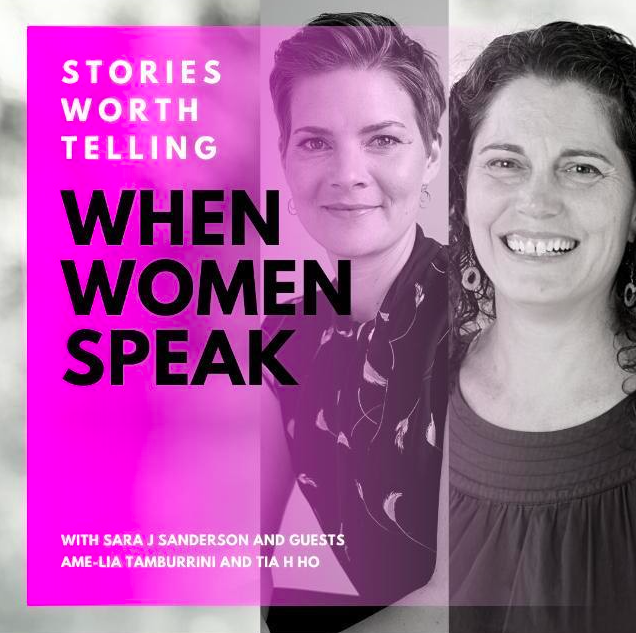Moment of Mind October 2020


Moment of Mind
In mindfulness we're learning that the core of what we are is this living awareness that attends, that notices, that has thinking, feeling, and sensing experiences.
In the last few years I have committed to honor, receive, and attend to sensations - the uncomfortable ones and the cozy ones - that show up before the mind labels them. In this practice of feeling the sensations in the body I've notice how frequently the mind interrupts feeling to chase after something or resist something. If it looks like boredom - the mind takes me away from presence into seeking distraction or something to do. If it looks like anxiety - the mind sends me into an uncertain future or a thoughtmare about a past that is already gone. If it looks like a craving - the mind pulls attention toward something interesting, tasty, or fun.
The grasping, seeking and escapist mind wants out of the present because it is made of temporary and changing thought. And when presence is all there is, thought dissolves. This can feel uncomfortable to a self concept (which is also made of thought) that has been conditioned to look outside for okayness. Okayness is what we are before thought shows up. Feeling sensations for what they are can help this understanding expand.
"the only way is through" - anonymous
“Look what you’ve already come through! Don’t deny it. You’ve already come through some things, which are very painful. If you’ve been alive until you’re 35, you have gone through some pain. It cost you something. And you’ve come through it. So at least look at that. And have a sense to look at yourself and say, “Well, wait a minute. I’m stronger than I thought I was.” - Maya Angelou
Being with sensations is incredibly powerful.
First, it helps undo social conditioning that tells us we are limited, that all feelings outside of a narrow range are bad, and that we can't feel things safely. Second, we experience the power of the vast consciousness we are directly, first hand, through feeling states. That zing of excitement is not qualitatively different in intensity than the zip of anxiety - other than the mind judging one as good and rejecting the other as bad. I suspect that the negative health effects of stress are the mind running in circles judging and attempting to hold resist or push against feeling - creating pressure. The feelings arising alone are manageable. In fact, when we realize that feelings move through and we can release them - they go, all on their own. Rejecting sensations, rejecting feelings, is part of conditioning to fit within societal boxes. It's also stressful. And third, feeling sensations is the edge of understanding your real abundant capacity for change - both experiencing it and being an agent for it. One great anti-racism diagram includes in the process' growth phase an activity of "I sit with my discomfort." Sitting with discomfort - being willing to feel it, is a beautiful ingredient, in my opinion, for nearly any change process. I can be with discomfort when I interrupt racist behavior. I can feel the sensations of discomfort when I face my mistakes. I can realize the temporary nature of discomfort as a sensory experience as I ask leadership to make a change - knowing it exposes me.
Don't take my word for this, please, instead I invite you to explore being with sensations in the following practices (pick the one you feel most drawn to) and see what you notice. Havingness - this is coined by Carolyn Elliott and is like an expanded version of appreciation where you wander beyond appreciation into receiving. Receiving doesn't require doing. When the sun is on your face there's nothing you do to feel it's light. I invite you to take three of the longest and deepest breaths you've taken today. Let whatever thoughts about challenges or worries rest on the sidelines for a bit, you can come back to them later. For now let yourself feel as good as you already feel right now. If you are sitting or lying on your back start with the contact of your skin against the cushion and where that feels the best and hang out in that sensation to feel it as much as possible. Breathe into it. Feel air moving against your skin, or the warmth of a blanket, or if you like aromatherapy inhale your favorite scent. Let yourself actually feel the fullness of receiving these sensations. Mild annoyances - just like the mind tries to take us out of feeling good, it also avoids discomfort - unless there is the mental position of agency. Some of us *choose* discomfort regularly. For example, to eat hot chile peppers, to go back and forth between a hot bath and cold shower, to go for a run. Some of us love that discomfort. It is possible to be okay with feeling uncomfortable. The next time you find something annoying or frustrating, pause to feel this fully, diving into the sensations and breathing into them. Let yourself either follow your breath as it goes in and out without you changing it or take measured breaths in and out as you feel into each sensation of the annoyance of frustration. If you mind judges or distracts, just gently go back to the sensations. If you want to hear more about this - this podcast episode called How to Ride With the Pain exploring the ice pain challenge by a pregnant mom preparing for childbirth. I'd love to hear what you notice!
Love for Your Inner Science Nerd
In the late 2000s one of the leading researchers in forest bathing, Dr. Li, began publishing studies that found that spending time walking in forests supports an immune response. People who went on a 3 day/2 night trip to forested areas had an increase in NK (natural killer) cell activity in the blood and decreases in adrenaline (a stress hormone) in urine 7 days and 30 days after a trip while colleagues who spent the same amount of time walking in a city landscape did not have these same changes.
A recent study found that after daycares in Finland built 'forest floor' ground covering and encouraged children to play in planter boxes daily, children had an increase in T-cell activity (a type of lymphocyte that kills viruses and old cells like cancer cells) and a shift to a more diverse community of microbes on their skin and in their guts than those who were playing in the yards with gravel, pavement and tile. The changes were measurable after just 28 days, or roughly a month of nature exposure 5x a week.

| I had the honor to talk with two of my favorite colleagues in a podcast recently about our experience together in a program called Real Change from Sara J. Sanderson of When Women Speak. Click on the image to give it a listen! Tia H. Ho, PhD, Founder Finding Mindful Now, LLC. Schedule your future self a free Discovery call to support your resilience here. Please forward this email to friends who want a reset... Follow us on instagram for moments of mindfulness on the go. Guiding you |
[image of two people smiling next to words "Stories Worth Telling When Women Speak"]
| Copyright © 2019-2020, Finding Mindful Now LLC, All rights reserved. www.findingmindfunow.com, originally published on MailChimp with information on current offerings. |
